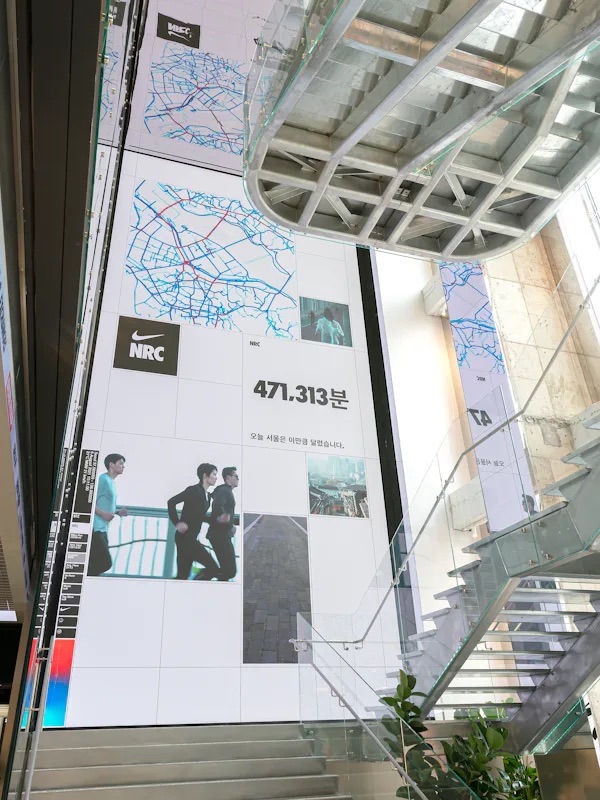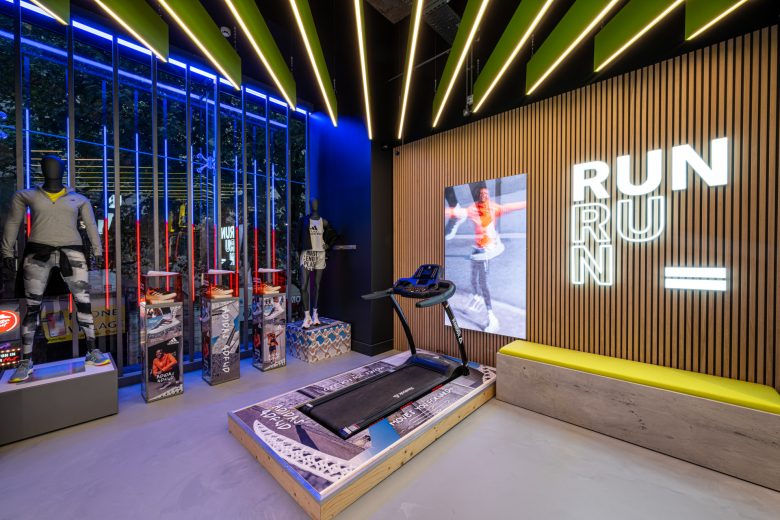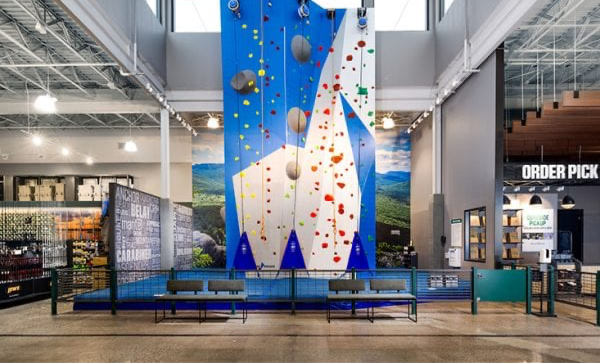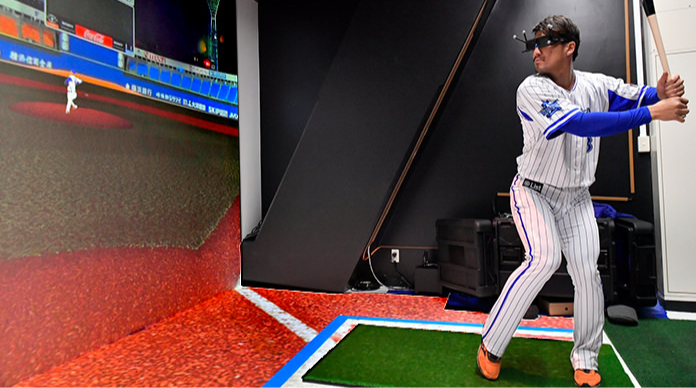In-store activations - a true experience of just a gimmick?
- Renée Ballard
- Aug 6, 2024
- 3 min read
Updated: Aug 26, 2024

It’s pretty straightforward, all retailers want to make a positive impact on their customers when they’re shopping in-store. The better the experience, the stronger the brand loyalty, the more return-customers, and as a result, increased sales.
In-store activations that invite the customers to stay, play and engage in-store have long been popular across all retail sectors, but none more so than sports retail. Possibly because sport is a multi-sensory experience, it makes sense to bring that physical experience into the retail environment.

Scandinavian Marketing Professors, Miralem Helmfalk and Dr Bertil Hulten, cited in their ‘Multi-Sensory Congruent Cues in Designing Retail Stores’ Paper, that to improve customer engagement, it’s critical to think bigger than just how the store looks; “The findings demonstrate a positive effect of multi-sensory congruent cues on shoppers’ emotions, through valence, and purchase behavior, through time spent and purchase. It is evident that shoppers perceive multi-sensory cues, such as auditory and olfactory ones, to be more effective in a dominant visual store atmosphere compared to only adding new visual stimuli. For retailers, a visually dominant store atmosphere should be designed more in the direction of a multi-sensory atmosphere in offering shoppers more appealing experiences of the retail setting.”

Over the past 130 years of sports retail, we’ve seen in-store activations that range from the good, bad and the ugly.
Way back in the day, sports stores installed mini-dais on the shop floor, where customers could hop up onto the podium to hoist their arms in the air and declare themselves the winner. Wherever space permitted, basketball half-courts, half-pipes and hockey goals have all taken up residence, inviting customers to play in-store.

In the 1980s, when gyms exploded in popularity, the equipment started to make its way into stores. Treadmills were installed so sales assistants could study the customer’s gait before assigning them the best-fit shoe. Ski stores offered small, ski-slope-style rollers, where the bravest could enjoy a micro-shred on their skis. Rock-climbing walls took advantage of stores with high ceilings with small plastic wall-pucks offering customers the chance to go vertical.

With the arrival of the tech age in the late 1990s, early 2000s, we’ve seen a huge influx of in-store activations. Yoga brands have integrated augmented reality with virtual try-on mirrors, so yogis can access an endless aisle of leggings to 'try-on' before they buy. Golfers can now use virtual reality to sample drivers, without even picking up a golf ball. And using geo-located NFT treasure hunts, customers can collect NFTs released by sports brands to celebrate their latest athletic ambassadors.

Taking a look at the history of sport store activations is a risky business though. On the positive side, it's nostalgia-inducing, which only underlines that when done well, in-store activations leave a lasting impression. But when taken out of context of what was cool at the time, they can be perceived as gimmicky, and relegated to the back of the ideas pile.
What's critical to remember is the customer and their real-time experience in-store. Whether it’s a seamlessly-integrated experiential feature, or a cheap and cheerful gimmick, in-store activations invite the customer to shift their focus away from autopilot browsing, to actively engaging with the brand. The more engagement, the more the positive impact the brand makes on its customers, which is better for everyone.
Written by Renée Ballard ©️ 2024


